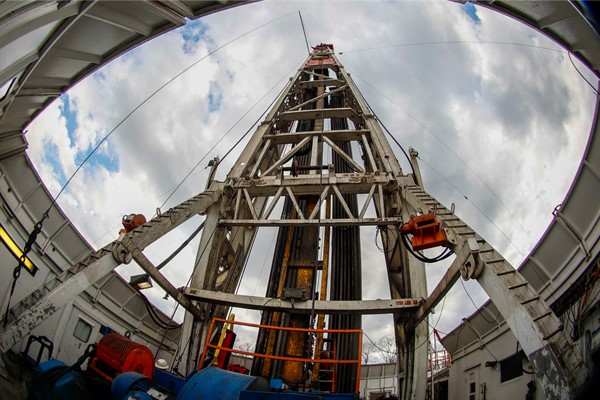The past year has been a perfect storm for America’s shale gas companies, on both the domestic and international fronts. Record-setting levels of American gas production and consumption in 2019 masked the fact that the industry was already under siege, as years of insufficient returns pushed investors away from financing new drilling and exploration. Meanwhile, newly commissioned projects aimed at exporting liquified natural gas, or LNG, faced headwinds on international markets due to a global supply glut. The COVID-19 pandemic exacerbated these issues, as it further depressed domestic and international demand for natural gas.
The collapse in oil prices as a result of the pandemic didn’t help, either. As production of American shale oil declined in response to global price signals, so did the supply of residual natural gas that is found in oil reservoirs, known in the industry as associated gas. The tightening of the domestic gas supply, as well as relatively higher demand, led to a recent increase in Henry Hub prices, which serve as the key U.S. benchmark for natural gas. After bottoming out at around $1.50 per million British thermal units in June, Henry Hub prices have now recovered to around $2.30—about the same level as in August, 2019.
While this increase is still too small to make a significant difference for large-scale U.S. producers, like those that extract gas from the giant Marcellus shale formation that covers parts of the Northeast and mid-Atlantic, higher prices are problematic for American LNG exporters, whose sales are indexed to Henry Hub. While those prices are normally far below international ones, a global abundance of LNG has combined with the pandemic to push prices in key European and Asian markets to levels that are on par or even lower than Henry Hub. This makes American LNG exports less competitive overseas, especially when considering that importers also bear the costs of liquefaction, transportation and regasification.

